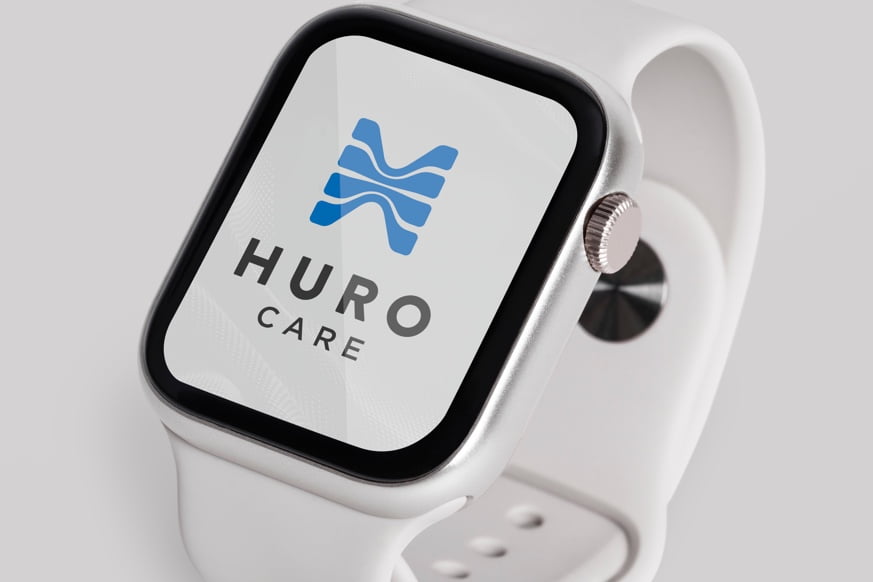Blog
All the latest news and insights from HURO Data
Wearables helping the care community cope
March 21, 2022
The increase in availability of wearable technology that collects data in real-time, reporting the physical and chemical properties of the body to evaluate wellness should have a significant impact on the “care at home” community.
Wearables can now measure temperature, blood pressure, blood oxygen, breathing rate, location, movement, changes in direction and the electrical activity of the heart, muscles, brain, and skin. These devices can track calories burnt, exercise, stress, posture, sleep quality, cognitive decline, and even provide warning signs of infection and inflammation. This technology empowers us to measure our health and wellbeing without the need for a trip to the local GP.

Following COVID-19, most of us have become more conscious of our own health and fitness, but more importantly, the wellbeing of those we care about. Especially those who are more susceptible due to age, illness or known healthcare issues. Tie this with the extremely high cost of care provision services in the UK, we want to make sure our loved ones are safe and well cared for, but at a cost that is affordable and sustainable. Most importantly, we want to be notified as soon as possible if there is any issue.
“HuroCare” provides the answer, digital wearables empower patients and their carers to engage in their own wellness and health. These wearables support care delivery and maintenance whether located in a registered Care Home or in the wearers home where the person is most comfortable.
These Wearables could have a significant socio-economic benefit, providing a significant impact on overall wellbeing for individuals from low-income communities, the chronically ill, and elderly, all of whom are among those often overlooked.
Tech such as smart watches, smart pins, blood sugar monitors, blood pressure cuffs and heart rate monitors are prime examples of wearable technology which may help older adults continue living independently in their own home. One of the main reasons that an elderly person may not be able to live independently is the risk of falling. Wearables assist in real-time detection of a fall and can alert the caregiver immediately. These wearable devices could be used for any health speciality, but probably the most useful would be for monitoring chronic illness such as diabetes, cancer, lung disease, heart failure, etc.
The growth of wearables and automation is now able to provide real-time healthcare at home. This change to more personalised care empowers consumers to be engaged in their own healthcare, helps caregivers better support their loved ones, and allows care providers to continue providing high quality care for the patient’s needs at a lower cost.
Related Blogs
Book a Demo
To book a demonstration please fill out the form below and we will be in touch.